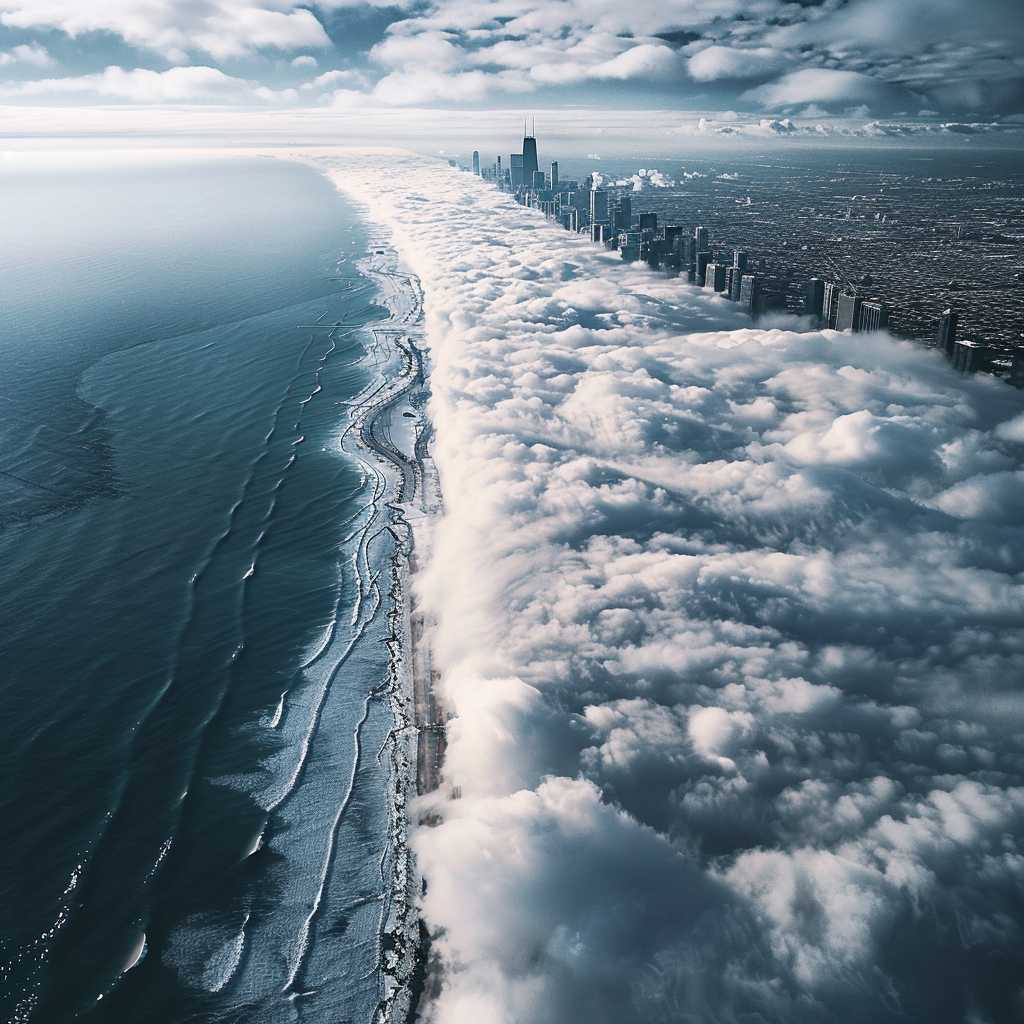Understanding the Dynamic Weather Patterns of Chicago
Chicago, known as the Windy City, experiences a wide range of weather conditions reflective of its location in the Midwest region of the United States. Situated along the shores of Lake Michigan, Chicago’s weather is marked by hot summers, cold winters, and significant variations within each season. In this article, we delve into the elements that shape Chicago weather through all four seasons, as well as factors that impact temperature and precipitation throughout the year.
Chicago’s Winter Chill: Embracing the Cold
Chicago’s winters are famously harsh, characterized by chilly temperatures that can plunge well below freezing and copious amounts of snowfall. The city is subject to sudden arctic blasts from Canada due to its flat topography, which offers little resistance to frigid northern winds. These conditions are often compounded by the “lake effect” – a phenomenon where cold air moves across the warmer waters of Lake Michigan, picking up moisture and dropping it as snow once reaching land.
The city’s infrastructure and services are well-adapted to these conditions, with extensive systems in place for snow removal and winter weather advisories that help residents and visitors prepare for wintery challenges. During this season, indoor activities become more prevalent as people seek respite from the penetrating cold.
Spring in Chicago: Transition and Temperance
As winter recedes, Chicagoans eagerly anticipate the arrival of spring – a time of transition where both flora and fauna begin to stir from their winter slumber. This period can be extremely temperamental, with mild days suddenly giving way to late-season snow or frost. Rainfall is abundant during the spring months, vital for rejuvenating plant life but occasionally leading to flooding issues along waterways.
While temperatures rise steadily during spring in Chicago, residents know to expect unpredictable weather patterns and often dress in layers to accommodate sudden climatic shifts. Despite this variability, spring signals Chicago’s reawakening with parks blooming with flowers and outdoor events starting back up as the city shakes off the cold.
Summer Sunshine and Lakefront Breezes
Chicago summers can provide a stark contrast to its icy winter with temperatures that rocket into the high 80s or 90s Fahrenheit (around 30-35°C). Away from Lake Michigan, urban areas may experience even hotter conditions due to the heat island effect where buildings and pavement absorb and radiate heat. Nevertheless, lakefront breezes can offer a balmy respite on particularly sweltering days.
Chicagoans make the most of their summer months, taking full advantage of the city’s extensive beaches, parks, and numerous festivals. High humidity can sometimes accompany high temperatures, leading to thunderstorms and occasionally severe weather events such as tornadoes in the surrounding region.
Fall in Chicago: A Crisp Change in the Air
When fall arrives in Chicago, it brings with it cooler temperatures and a magnificent display of autumn foliage. Early fall remains pleasant with moderate temperatures that encourage outdoor activities such as hiking or trips to pumpkin patches and apple orchards. As fall progresses into November, however, temperatures cool significantly—heralding the advance of winter once again.
Fall also ushers in a period of decreased precipitation compared to spring and summer. Storm systems can still impact the area with rain and occasional snowfalls as early as Halloween. Days become noticeably shorter as the season progresses toward winter solstice.
Meteorological Factors Impacting Chicago WX
Chicago’s weather dynamic is a dance between numerous atmospheric factors. The positioning near a large body of water moderates temperature extremes but also produces lake-effect snowfalls and summertime “mini-cool fronts.” Atmospheric currents such as the Jet Stream play significant roles in determining cold or warm spells which sweep through the region.
Coupled with city-specific elements like urban heat islands, global weather phenomena such as El Niño or La Niña indirectly make their presence felt affecting Midwest weather patterns on broader scales. Climate change also looms as an influencer on local meteorology—a constant specter altering long-term data trends.
Notes
Image description: An aerial photograph capturing Chicago’s skyline lined over Lake Michigan under cloudy atmosphere showcasing a very distinct demarcation where the urban architecture meets nature—indicative of changing seasons with snow on ground reflecting winter while cloud patterns signify shifting weather above.
